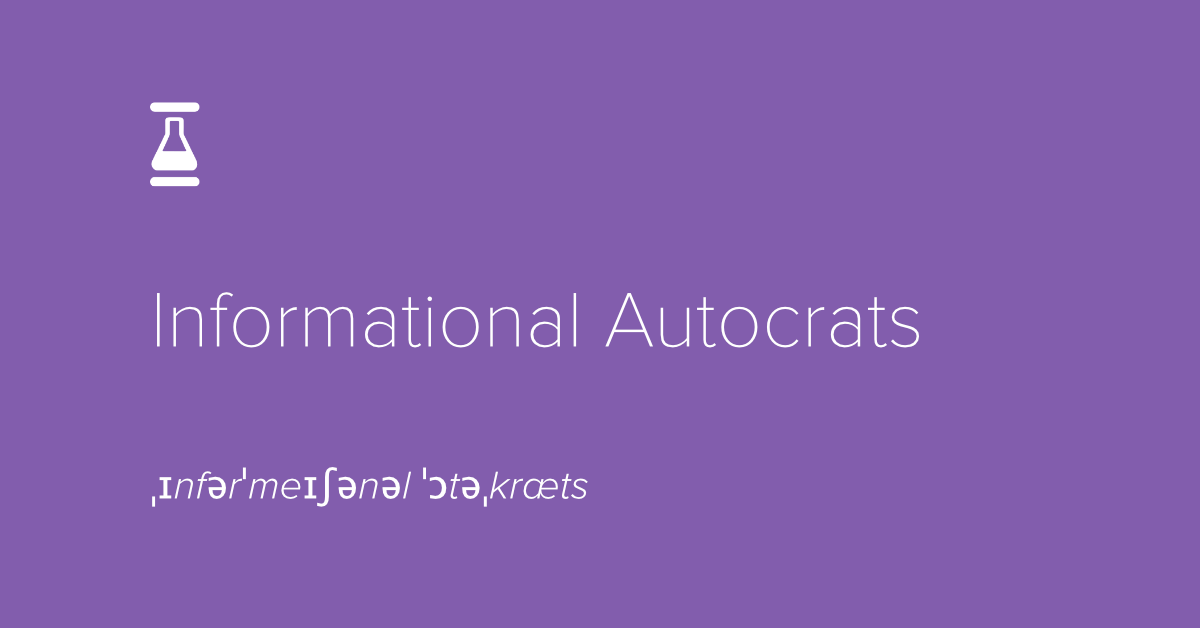/tɛklæʃ/
A strong and widespread negative reaction to the growing power and influence of large technology companies, particularly those based in Silicon Valley (The Oxford English Dictionary).
Once promised to be society’s great equalizer, communications technology is now facing a backlash due to the role it has in spreading disinformation, privacy breaches, limiting pluralism, and undermining democracy. This phenomenon was predicted by Adrian Woolridge in 2013. In an article at The Economist, Woolridge argued that “the tech elite will join bankers and oilmen in public demonology.”
A 2020 survey conducted by the Knight Foundation and Gallup backs Woolridge’s prediction. The survey finds that there is a significant negative sentiment towards tech companies caused by concerns about how tech companies handle personal data, the spread of misinformation on social media platforms, and their growing influence and power in politics and the general life of their consumers, among other drivers. Some additional findings from the survey include:
- 74% of Americans are very concerned about the spread of misinformation on the internet.
- 68% are very concerned about the privacy of personal data stored by internet and technology companies, and 56% are very concerned about hate speech and other abusive or threatening language online.
- 77% of Americans say major internet and technology companies like Facebook, Google, Amazon, and Apple have too much power.
A majority of tech experts, surveyed by Pew Research, predict “that humans’ use of technology will weaken democracy between now and 2030 due to the speed and scope of reality distortion, the decline of journalism, and the impact of surveillance capitalism.” What underpins this assertion is the argument that:
“The misuse of digital technology to manipulate and weaponize facts affects people’s trust in institutions and each other. That ebbing of trust affects people’s views about whether democratic processes and institutions designed to empower citizens are working.”
However, an overwhelming number of these experts also foresee “significant social and civic innovation between now and 2030 to try to address emerging issues.” One of the conclusions made through this study is that:
“The explosion of data generated by people, gadgetry and environmental sensors will affect the level of social and civic innovation in several potential directions. They argue that the existence of the growing trove of data – and people’s knowledge about its collection – will focus more attention on privacy issues and possibly affect people’s norms and behaviors. In addition, some say the way the data is analyzed will draw more scrutiny of the performance of algorithms and artificial intelligence systems, especially around issues related to whether the outcomes of data use are fair and explainable.”
Many would argue that technology is simply a tool. This tool has the ability to improve lives when utilized the right way. The task at hand is to address these problems in an effective and legitimate manner and to ensure that 21st-century tools deliver on their promise to help society progress.

